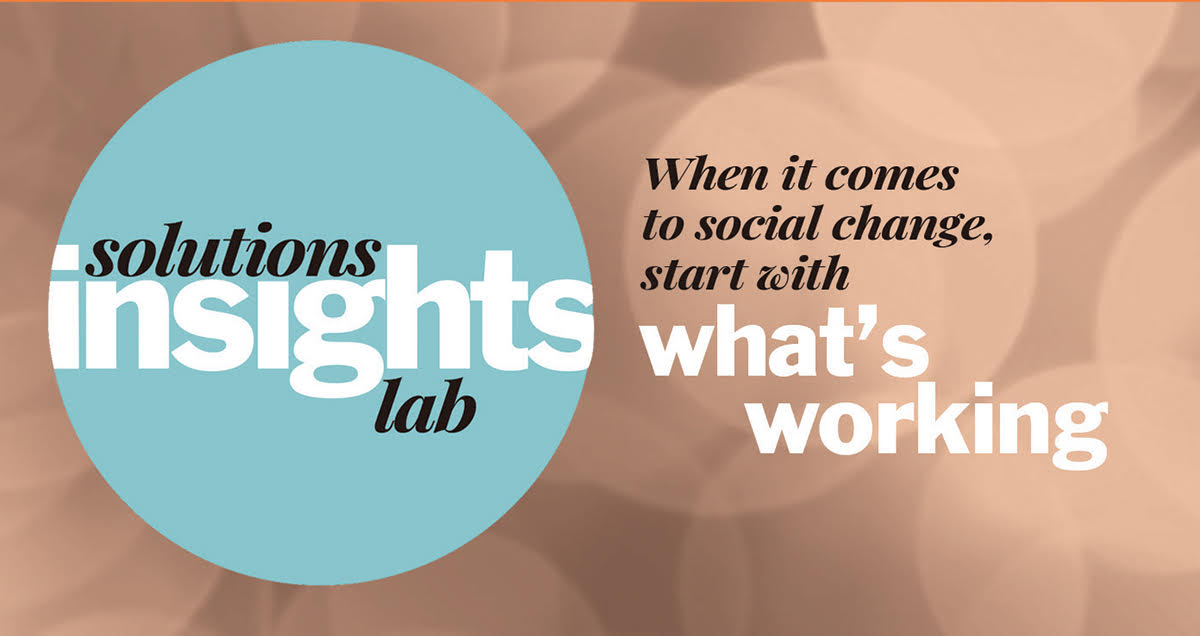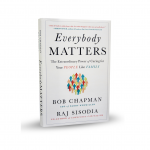The coronavirus pandemic has challenged us in ways we never could have imagined. And even when this is all over, our day-to-day will change forever—personally and professionally. In the work world, COVID-19 has thrown “business as usual” into a tailspin, driving a seismic shift in the way companies operate.
Prior to the pandemic, only a third of the U.S. workforce regularly worked from home. Thus, to keep employees productive, many companies have been forced to create and implement remote work policies on the fly.
However, productive teams rely heavily on collaboration and organic, in-person interactions—things that can be hard to replicate when teams are scattered. This is why maintaining company culture and morale is paramount at this time.
Though our current situation is far from ideal, it is an opportunity to rethink how we, as business leaders, handle crises. With that in mind, here are some forward-thinking and sustainable ways we can help remote teams remain motivated, successful, and, above all, connected—now, as well as in the future.
Cultivating Authentic Connections From a Distance
Authentic employee interactions are the cornerstone of every strong team. They foster creativity, drive innovation, and boost morale. Because we aren’t able to cultivate these connections within the physical workplace for the time being, video conferencing and chat apps have become vital for facilitating the casual, social conversations we’re currently lacking.
With most of our country working from home, the use of applications like Slack and Zoom has ramped up significantly, and businesses are leveraging these technologies in a variety of new ways to cultivate relationship-building and camaraderie among distributed teams. Zoom recently reported it’s up to more than 200 million users from 10 million in a mere three months. Similarly, Slack and Microsoft Teams are now handling 12 million and 44 million daily active users, respectively.
Through all of this, one thing we’ve learned at my company is that staying up-to-date with our teams is one thing—but feeling connected with our colleagues is quite another.
One thing we’ve learned at my company is that staying up-to-date with our teams is one thing—but feeling connected with our colleagues is quite another.
To help engage our employees and create personal touchpoints, our teams have set up a number of Slack channels with the sole purpose of boosting morale. These include all forms of “watercooler talk”: giving someone a shout-out for a job well done, posting a funny meme, or sharing a personal detail or story with the team. Additionally, we’ve made it a point to meet virtually for “non-business” purposes—like daily spirit week group photos and virtual happy hours.
Some companies are uniting remote teams by organizing community give-back initiatives online. Thiru Thangarathinam, founder and CEO of MST Solutions, explained how his team leveraged Salesforce Communities to launch a platform that enabled them to address the needs of vulnerable populations in their community: “Through this platform, individuals could submit requests for groceries and household items and someone from our team would go pick them up and deliver them to their doorstep. This fortified our culture and also aligned with one of our core values, which is giving back to the community.”
Fostering Empathy and Flexibility
While each and every one of us has been impacted by this crisis, we’re also experiencing this situation in our own unique ways. Not only are people acclimating to their new work-from-home lives, but they’re also juggling a slew of new complications that have arisen amid the pandemic, such as:
- finding a new work-life balance;
- managing family needs and work expectations simultaneously;
- making time for ourselves; and
- staying healthy and active.
These concerns are contributing to what experts refer to as “decision fatigue.” And the consequences of COVID-19 are exacerbating this type of exhaustion due to:
- the enormous amount of information we’re ingesting daily;
- the pressures we’ve put on ourselves to make smart, safe decisions; and
- our inability to seek out normal coping mechanisms like going to the gym or attending social gatherings.
To help employees overcome these new challenges and mitigate “decision fatigue,” business leaders must exercise a high level of empathy and flexibility. At my company, in the weeks since the outbreak, we’ve worked extensively with our senior management team to recalibrate business goals, policies, and workflows so they align with our revised employee expectations. We’ve also tried to make company-wide communications as streamlined as possible. This has included distributing weekly email updates from our CEO to our entire company as well as conducting company-wide webinars every two weeks to discuss company updates, financial outlook, and customer impact. Prior to each webinar, we solicit questions from everyone in the company and answer them during the presentation. This is our way of ensuring we’re actively listening to and addressing their specific needs.
Remembering that we’re all human will go a long way toward fostering empathy and flexibility. There are times when a team member’s kids, spouse, roommates, or pets will wander onto the screen during a conference call—such is life. These moments will bring a human element to the conversation, and that’s something we are all yearning for right now. So, take them in stride and use them as an opportunity to get to know your coworkers more.
Supporting Mental Health and Well-Being
One of the biggest challenges I’ve faced as a business leader throughout this crisis is figuring out how to support my dispersed team through these changes—especially with regard to their mental health and overall well-being.
According to Buffer’s State of Remote Work 2019 survey, the second most prevalent struggle remote workers face is loneliness––and that was before the pandemic and the resulting social-distancing measures. Now, we are navigating a multitude of new emotions—from confusion to anxiety—while trying to make sense of all that’s going on. But perhaps the most prevalent emotion we’re feeling right now is grief—namely, for the loss of normalcy.
As a leader, one of the most difficult parts of my job right now is seeing my team experience this collective grief and knowing there is little I can do to stop it. However, one thing I can do is provide my team with the support and resources they need to manage the stress they are feeling. To that end, our Employee Success leader is providing small group sessions to help employees deal with the anxiety and grief they are currently experiencing. We’ve also instituted daily scheduled mindfulness and meditation sessions using Ten Percent Happier. Additionally, our employee benefit plan includes access to Headspace, an app that provides guided meditation. Exercise is another key to supporting overall wellness, which is why we’ve adapted our annual company step challenge to be completed remotely.
Some other excellent examples of how companies are helping employees make healthy choices for their minds and bodies include:
- holding weekly exercise sessions over video chat;
- organizing virtual dance parties;
- providing employees with at-home workout plans and equipment;
- giving employees a stipend to spruce up their home offices; and
- providing bonuses to help alleviate financial stress.
Embracing Our New Normal
We know this is temporary, but we also realize this crisis is one that will permanently alter many aspects of our lives in a major way. We must embrace it—mainly for our own sanity. Acceptance, although easier said than done, has a calming effect because it helps you focus on the things you can control—and that, in turn, helps you figure out how to move forward.
Things we thought were impossible a few short months ago are suddenly our reality. As a result, innovative ideas and generous actions have become part of the new norm. Major technology companies like Cisco Webex, Google, Microsoft, and LogMeIn are offering remote work tools free of charge. Lyft is working in partnership with government agencies and local nonprofits to deliver meals to students who normally receive free or subsidized lunches at school. On the health side, laws and regulations around telehealth are passing at an astounding rate, allowing healthcare providers to reach patients in their homes through virtual visits, and artificial intelligence technologies can now help track and diagnose the virus. And these innovations are just the tip of the iceberg.
This pandemic is a number of things—perplexing, disruptive, and worrisome, to name a few. But in many ways, it is an awakening. It has proved that we are capable of accomplishing far more than we previously thought possible. And as a result, it is pushing humanity to find real solutions to complex issues. We may not know what the new, post-pandemic world will look like, but I know we will be more resilient, adaptable, and better prepared for whatever lies ahead.







